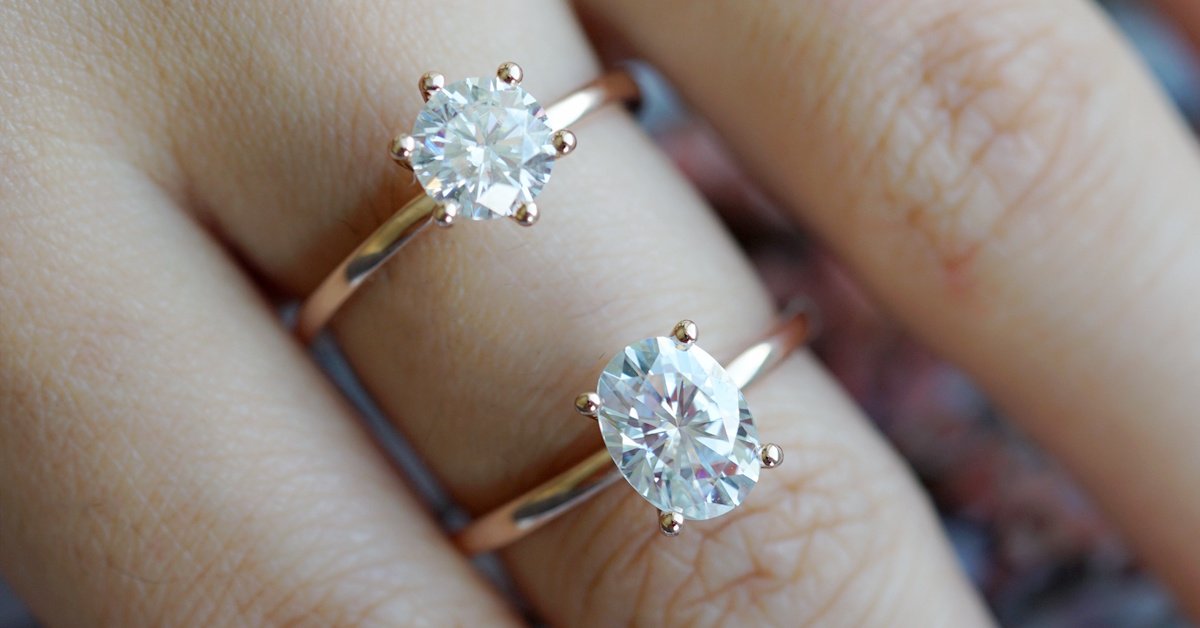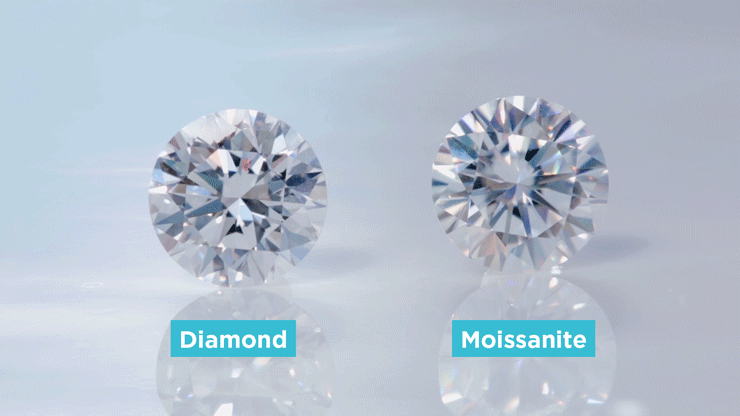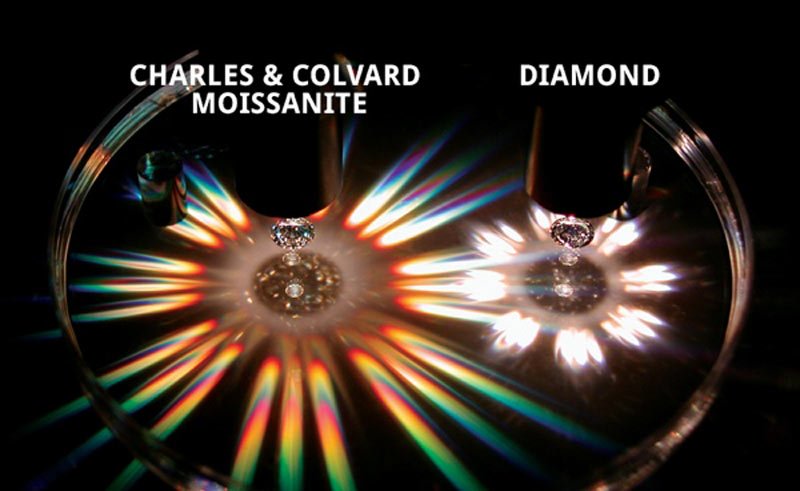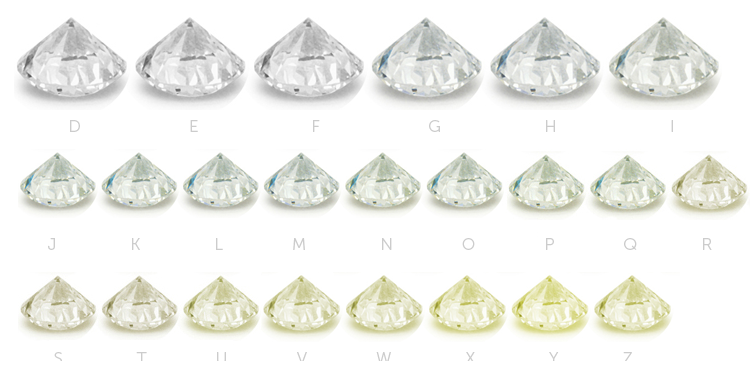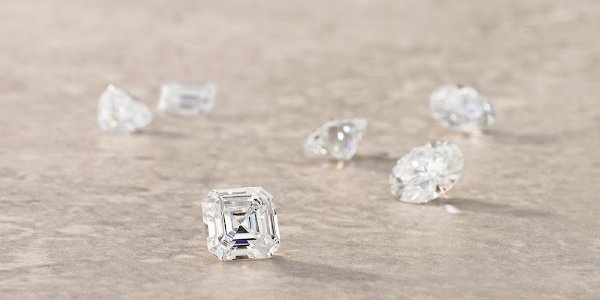2021 has shown moissanite engagement rings a lot of love!
Moissanite is a terrific gemstone choice for an engagement ring and any fine jewellery;
- Moissanites are extremely durable.
- Virtually indistinguishable from diamonds.
- Green en eco-clean.
- Priced at a fraction of natural diamonds.
Let’s see why an increasing number of couples are choosing to use moissanite for their engagement ring or other high-end jewellery.
First order of business… What is Moissanite?
Moissanite used in jewellery is a synthetic gemstone, with light reflection and refraction indexes higher than diamonds. They have an unrivalled amount of sparkle and fire.
And a fascinating back-story.
In 1893 a French scientist, Henry Moissan, was scuffling around in a meteor crater in Arizona when he discovered a small deposit of beautiful gemstones. True story.
He initially mistook it for diamonds due to its hardness and crystal-like appearance. It took him years of research and study to notice the difference in composition. This intriguing gemstone was not pure carbon (diamond) as he initially thought, but rather silicone carbide.
Moissanite is a terrific gemstone choice for an engagement ring and any fine jewellery.
They look, pretty much, exactly like high-end diamonds, and have become the go-to choice for a growing number of couples across the globe.
*Moissanite in its natural form.
Mr Moissan went on to win the venerable Nobel Prize in Chemistry, and also had the gemstone officially, and humbly, named after himself.
In its “natural” form moissanite is extremely rare. So rare that almost 50 years passed after its initial discovery and correct classification before another deposit was found.
Realising the potential of bringing this striking gemstone to the fine jewellery world a few scientists and geologists got to work in the 1980s to perfectly create moissanite in a laboratory.
And so, 103 years after its discovery moissanite was introduced to the jewellery market in 1995, and has since grown to be the gemstone of choice for many engagement ring and fine jewellery shoppers.
Moissanite’s familiar appearance.
At first glance, top-grade moissanite engagement rings look exactly like their high-end diamond counterparts.
As you can read into Mr Moissan’s story, diamonds and moissanite look alike – even to a gemologist.
But we can take this one step further… even a digital diamond testing device will measure it as a diamond. Ask for a demo when you pop in!
Although most couples still opt for a diamond as the traditional choice, I often hear that they’ll be back for moissanite jewellery as the anniversaries start approaching.
Moissanite has superior Fire & Brilliance
Although marginal, the fire, brilliance and luster (sparkle) of moissanite is actually higher than that of a diamond;
- Moissanite has a high reflective index of 2,65 – 2,69 compared to a diamond at 2,42.
- Moissanite’s light dispersion is 0.104, more than double that of a diamond.
These numbers simply prove that moissanite’s characteristic sparkle is superior, although marginal, to all other gemstones.
Photos just can’t capture the life and presence of moissanite and no gemstone calls for seeing it in person more than moissanite.
Do yourself a favour and visit one of our studios to view our large range of moissanites with your own eyes. You’ll be pleasantly surprised. Get in touch here.
Clarity: Inclusions & Impurities
Close to 90% of women surveyed prefer a gemstone in their engagement ring to be free from any visible impurities, and that makes moissanite a safe bet.
Since moissanite is created under strict laboratory conditions, most high-end moissanite will be free from visible inclusions and imperfections.
Flawless purity diamonds, on the other hand, are exorbitantly rare and expensive.
Please note that as with anything else, you get what you pay for. Low-quality moissanites are common, and they often appear hazy and milky. If you have a milky moissanite the whole appearance of the gemstone is compromised. You don’t want that.
You can easily manage this risk by simply buying from an established, reputable jeweller well versed in Moissanite. If a jeweller doesn’t have a single moissanite at hand – rather move on to someone who specialises in these gems and can secure a top-quality stone.
Colour
The colour range of high-quality moissanite is very similar to that of diamonds.
You’ll find ice-white colours (Top White / D-E-F) and warmer shades like J-K-L.
Some grading laboratories use a simplified grading scale for moissanite, and group colours together into broader categories.
Moissanite is also available in stunningly rich fancy colours like yellow, blue and lime green.
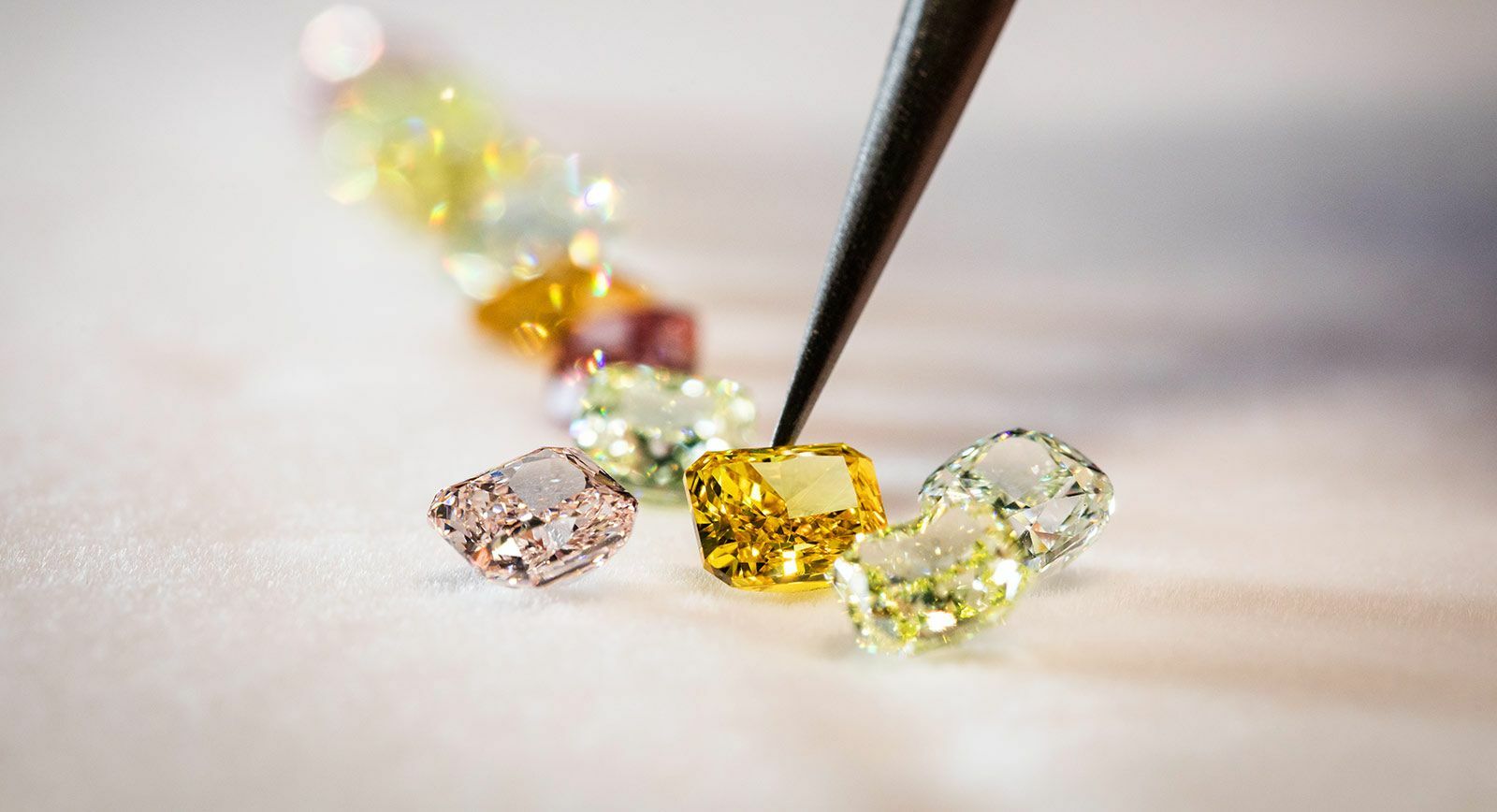
Diamond Vs. Moissanite: Weight Differences
Carat weight is a rather misunderstood gemstone characteristic.
It’s a measure of weight, and not indicative of the size of a gemstone.
1 carat = 0.200 grams.
A simple anecdote; You can have two balls of the exact same size, one from steel, the other from wood. The weight of the steel ball is considerably higher than that of the similarly-sized wooden ball.
In the same vein, moissanites are 8% lighter (weight) than diamonds of identical size.
- A 6,5mm diameter round diamond weighs 1,00 ct or 0.200 grams
- A 6,5mm diameter round moissanite weighs 0,92 ct or 0.184 grams*
They’re the exact same size visually – the difference is in the weight.
To make comparisons with diamonds easier moissanite uses a relative unit of weight. The weight of moissanite is often expressed as Equivalent Diamond Weight (EDW).
Think of it as “If this size moissanite was a diamond, what would it weigh?”
So the moissanite (2*) above will have a “carat weight” of 1,00ct EDW on its certificate.
Do moissanites scratch easily? (Durability)
Not without major effort and your full dedication!
Moissanite’s excellent durability makes it possible to set them into hard noble metals like platinum and gold without the risk of chipping or scratching.
The relative hardness of minerals is measured using the Mohs Scale of Hardness that ranks gemstones according to how severely they scratch other minerals.
There’s only one substance with a hardness of 10 and that’s a good old diamond. As corny as it sounds; diamonds are forever. They don’t wear away.
Then it slides down to 0. There you’ll find the good old marshmallow.
The second hardest mineral you can lay your hands on? Moissanite. Coming in at a hardness of 9.25 – 9.5 on the Mohs scale.
That’s more durable than the sapphire glass (Hardness of 9) used in high-end luxury watches that are passed down generations like Rolex, Breitling, Patek, Omega…
Moissanite is more scratch-resistant than the sapphire “glass” of a $200 000 Patek Philippe watch. That says a lot.
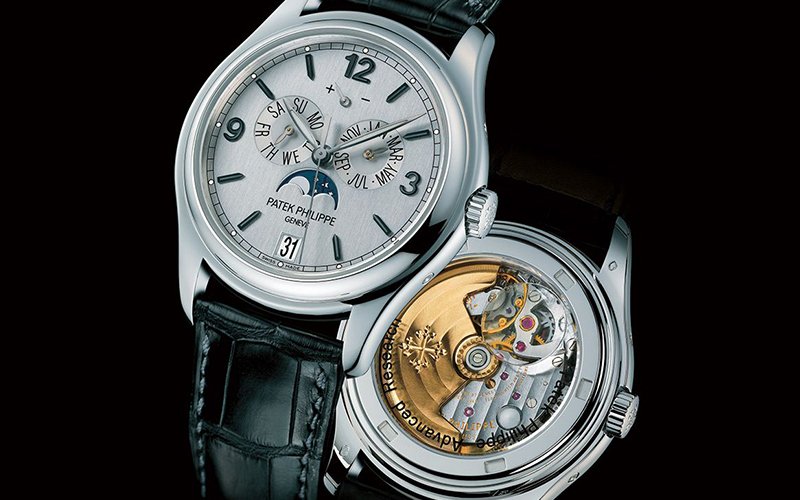
Worries about the wear and tear of your moissanite jewellery should be the last thing on your mind.
Price
Creating moissanite in a laboratory isn’t cheap per se, but traditional large scale mining operations are significantly more capital intensive.
There’s not really a rule of thumb to compare moissanite prices to diamonds, but here’s a current scenario comparing moissanites to one of our latest diamond specials:
- A 1,01ct G-colour, Vs2-clarity diamond we have on promotion is priced at R116 300.
- A similar quality moissanite? R4 980.
That’s just under 5% of the price of a similar natural diamond.
*This by no means hints at a diamond not being able to justify its price. Diamonds have a lot going for them, and you can’t deny the value placed on them by the market, including investors. You can view our latest diamond specials here.
The Conscious Choice?
We live in a time where many of us Earthlings are taking climate issues into their own hands by voting for sustainability with their purchases of eco-friendly products. The creation of moissanite in a laboratory uses at least 90% less energy when compared to traditional diamond mining operations.
The process used to synthesize moissanite doesn’t create any hazardous byproducts and leaves no mark on eco-systems like traditional mining.
Moissanite is truly straight from the laboratory or factory to your ring, and you can rest assured, guaranteed, that absolutely no one was exploited in any way to create this beautiful gemstone.
It’s Not A Fake Diamond
Although my comparisons have been to diamond, moissanite is by no means solely a “diamond alternative”.
It’s not trying to be a diamond, possesses awesome unique characteristics and has a fascinating story of its own.
It would be the same to refer to a Toyota as a fake BMW or vice versa. If you have bought a BMW, a Nissan, or a Toyota, it was your preferred choice, whatever your considerations were. It simply depends on what you prefer and how it fits in the bigger picture of where you are in life.
Regardless of its price – moissanite may very well be your gemstone of choice. And as mentioned it’s well worth it to visit us and see for yourself.
If you’d like to discuss moissanite options and engagement ring designs, simply send me an email at info@poggenpoel.com I’m here to help.
***All our moissanites are on sale for R4 980 per carat***
Johan Poggenpoel
Co-Founder (e:johan@poggenpoel.com)

